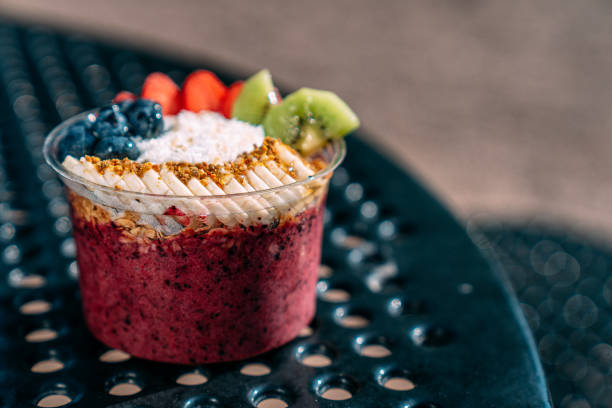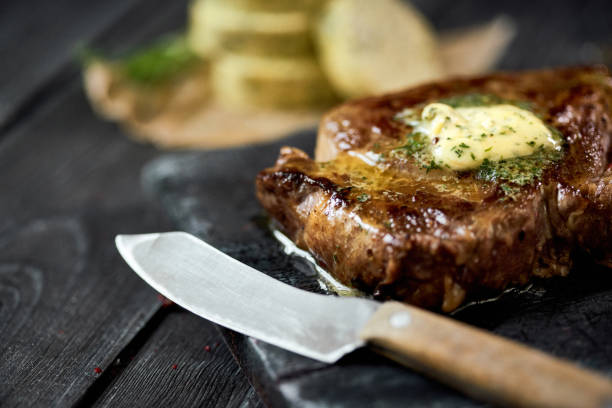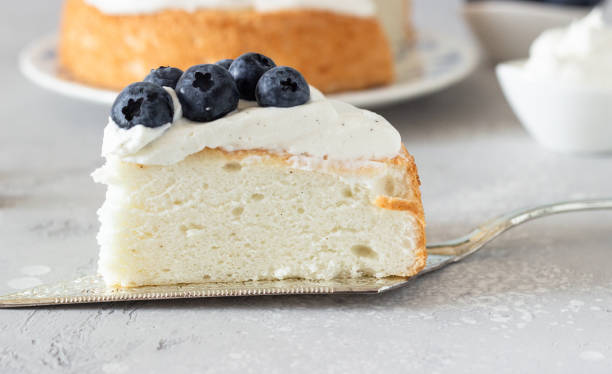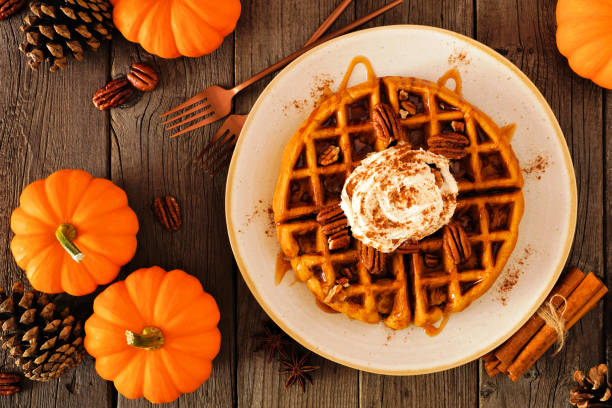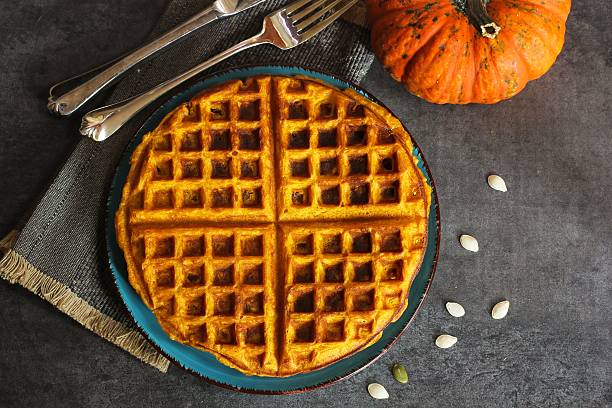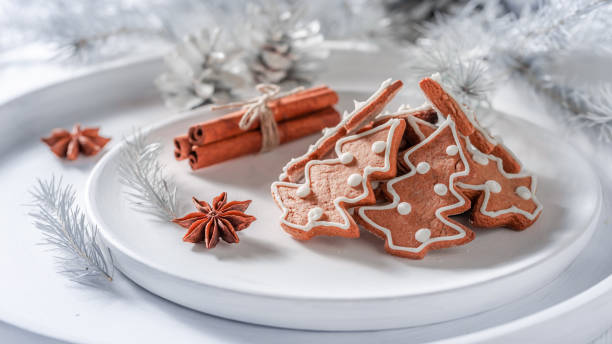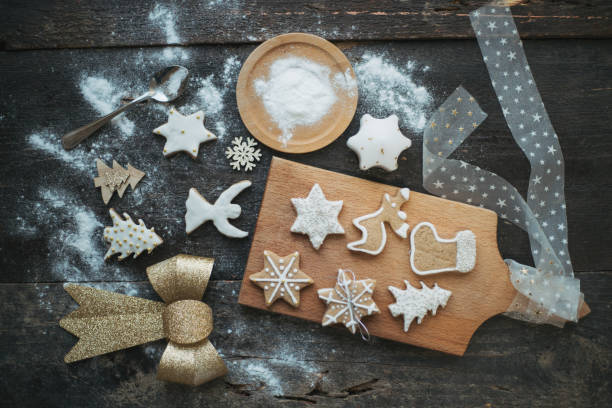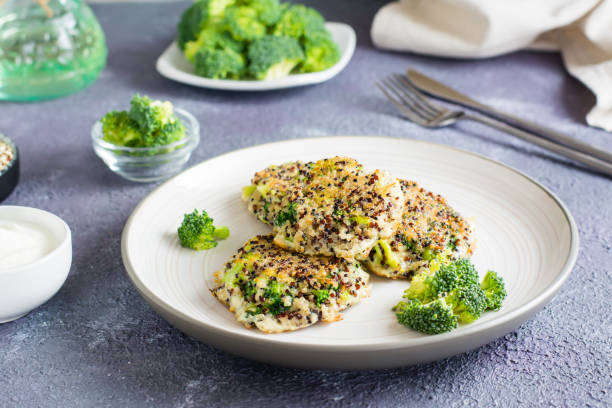September is high season for elderberries! It’s worth picking the ripe, dark purple minis because they can be used to make all sorts of delicacies such as cakes, compotes, jellies, and even juice. The latter tastes particularly good as a sparkling spritzer in late summer or as a cold drink in the dark season. EAT SMARTER shows you how you can make elderberry juice yourself.
Elderberries

Now is the time to save summery elderberries, also known as lilac berries, for the fall and winter. Elderberry juice is particularly suitable for this: it is refreshing in warm temperatures as a spritzer, gives sparkling wine and cocktails a fruity note with a small shot, and is great for colds.
Elderberry juice is so healthy
There are lots of healthy ingredients in the tiny berries: They score with plenty of provitamin A, vitamins from the B group, vitamin C and essential oils. Elderberry juice has an antipyretic and diaphoretic effect, which is why it is considered a proven home remedy for flu and colds.
But be careful: elderberries contain sambunigrin, a slightly toxic substance that can lead to vomiting, diarrhea, and dizziness if the berries are eaten raw. Therefore, elderberries should never be eaten raw but heated beforehand. This is how the ingredient is rendered non-toxic.
Make elderberry juice yourself
The ingredients:
- 2 kg ripe elderberries
- 500ml of water
- 200 grams of sugar
The preparation:

- Pick the ripe elderberries from the branches or carefully scrape them off with a fork and wash them thoroughly.
- Place the berries in a large saucepan and fill with water. Let the mixture simmer gently for about 20 minutes with the lid closed until the berries are soft – let cool.
- Strain the elderberry mixture through a fine cloth so that a clear juice remains.
- Mix the elderberry juice with the sugar and heat again to at least 80 degrees Celsius. Now the finished juice can be filled into clean bottles and placed upside down to cool down.


